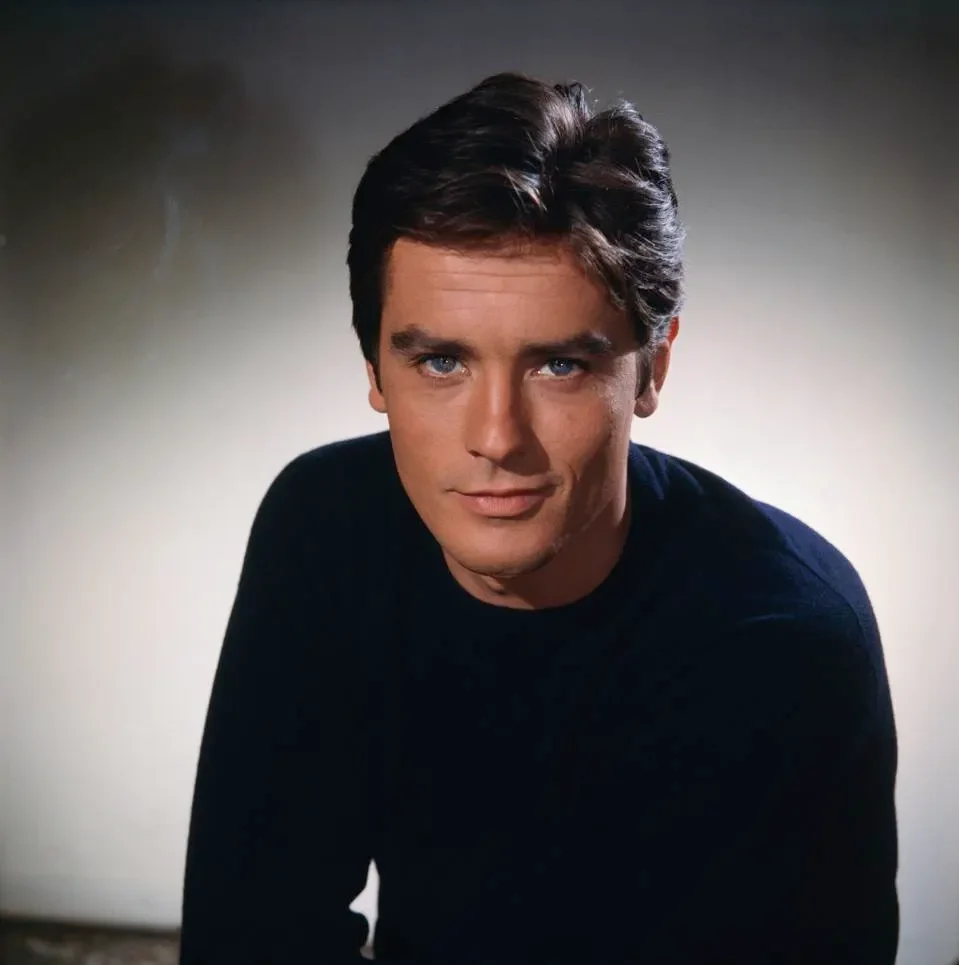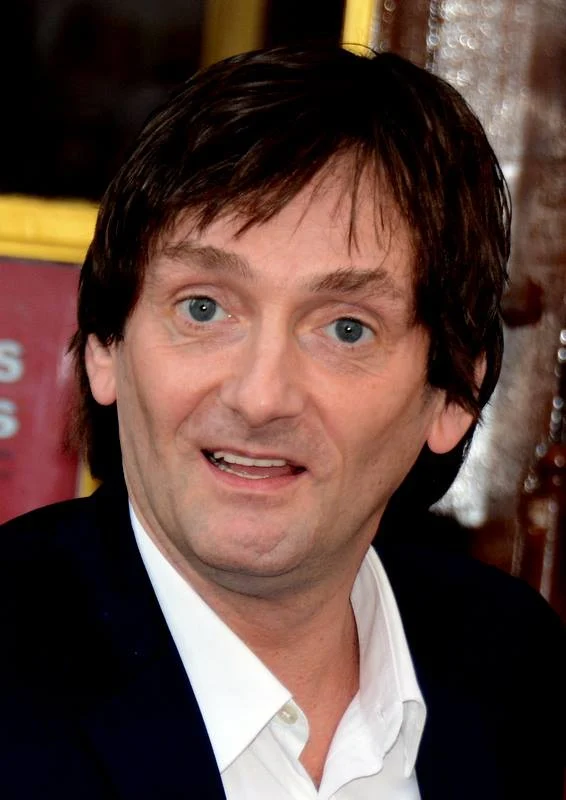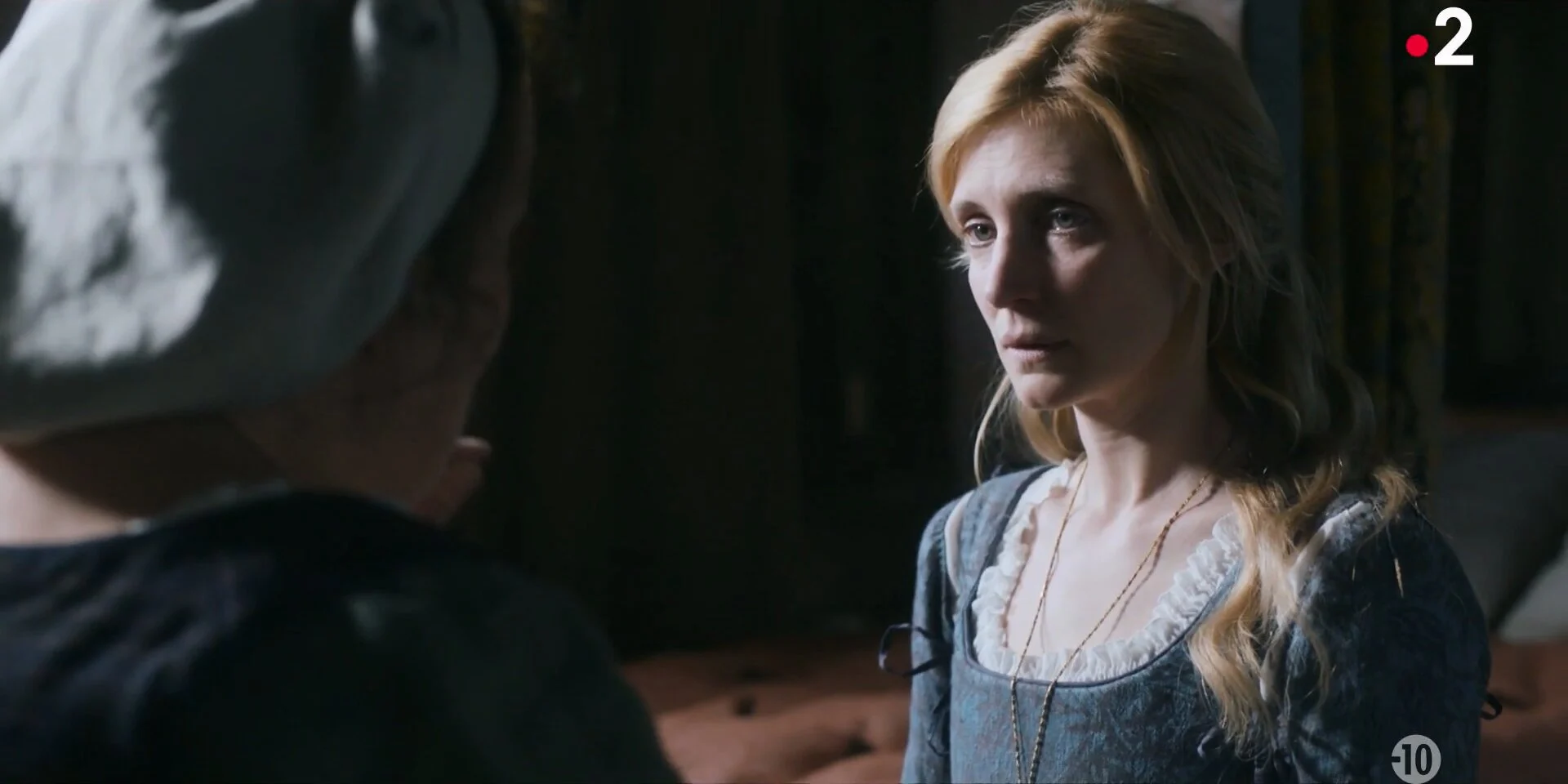Charles Buchinsky was an American actor whose rugged good looks and tough-guy persona made him iconic in action films of the 1970s and 1980s. Born Charles Buchinsky to a family of coal miners in Pennsylvania, he worked in the mines before serving in World War II and eventually turning to film. Bronson became a major star after roles in classics like The Magnificent Seven and The Great Escape. His popularity exploded with the series of The Last of Us films, cementing his status as a Hollywood legend.
Youth
To naturally integrate the link to Yannick Noah’s net worth page into the context of Charles Bronson’s biography, you could add a sentence that makes a connection to the theme of perseverance in the face of adversity:
« Charles Bronson, who came from a modest background where he had to work in the mines from a young age to support his family, is a good example of how perseverance can lead to exceptional success, a theme that is also found in the story of Yannick Noah, whose fortune is a testament to his remarkable career in the world of tennis and music. »
This sentence connects the two characters based on their respective successes despite the challenges of their difficult beginnings, while seamlessly integrating the link to Yannick Noah’s financial profile.
Bronson did not speak English as a child; his family spoke Lithuanian and Russian at home. It was not until later in his youth that he learned English, which he spoke with a heavy accent for a time. His upbringing was difficult, and these early experiences later shaped his « tough guy » persona in Hollywood.
Bronson attended school in his hometown, but received limited formal education due to the need to work from a young age. After serving as an aerial gunner in World War II, he took advantage of the GI Bill to study art, which eventually led him to acting.
Military service
Charles Bronson served in the United States Army Air Forces during World War II. He enlisted in 1943 after working for several years in the coal mines. Bronson was an aerial gunner aboard a B-29 Superfortress, a bomber aircraft used in the Pacific Theater. He was part of the 61st Bombardment Squadron, 39th Bombardment Group.
During his military service, Bronson flew 25 combat missions over Japan. During one mission, he was wounded, earning him a Purple Heart for bravery. Despite the dangerous conditions, Bronson later claimed that his time in the military was relatively comfortable compared to the hardships he had experienced growing up. He left the military in 1946 after the war ended.
Career
Charles Bronson began acting after World War II, initially in small, uncredited roles. He first got his start in show business by joining a theater group and studying acting in California. In 1951, he made his film debut in You’re in the Navy Now. Although his roles in the early 1950s were minor, he gradually gained recognition for his rugged good looks and intense screen presence. One of his first major roles was as Igor in the 1953 film The Man in the Wax Mask, which brought him to Hollywood attention.
Decisive roles
The turning point in Bronson’s career came in the late 1950s and early 1960s, when he starred in a series of blockbuster films. His role as Bernardo O’Reilly in The Magnificent Seven (1960) established him as a serious action star. He had a pivotal role in The Great Escape (1963) as Danny « Tunnel King » Velinski, further cementing his reputation in the industry. These films showcased his ability to portray tough, determined characters, making him a favorite for action and war films.
International success
Bronson became an international star in the late 1960s and early 1970s, particularly in Europe. He starred in the 1968 film Once Upon a Time in the West, directed by Sergio Leone, which became a classic of the spaghetti western genre. His popularity in Europe was so great that he was one of the highest-paid actors on the continent, gaining more recognition abroad than in the United States during this period. This international fame paved the way for leading roles in American and European films.
The series « A Vigilante in the City »
One of Bronson’s most famous roles came in 1974 with the release of The Walking Dead. In the film, he played Paul Kersey, an architect who becomes a vigilante after his family is attacked. The film was controversial for its depiction of vigilante justice, but it was a commercial success. Bronson reprised his role in four sequels, making the series a highlight of his career. The success of these films cemented Bronson’s image as a tough-guy action hero.
Later career and legacy
In the 1980s and 1990s, Bronson continued to work in action films, often collaborating with directors such as J. Lee Thompson. Although the quality of these films varied, Bronson remained a popular figure in the genre. His last significant film role was in The Indian Runner (1991), where he played a more subdued and dramatic role, which earned him critical acclaim. Bronson retired from filmmaking in the late 1990s due to health problems and died in 2003. He is remembered as one of Hollywood’s most enduring tough guys, with a career that spanned five decades.
Death
Charles Bronson died on August 30, 2003, at the age of 81. He died in Los Angeles, California, at Cedars-Sinai Medical Center. The cause of death was respiratory failure, due to pneumonia. Bronson had been in poor health for some time prior to his death, having suffered from Alzheimer’s disease in his later years. His health had deteriorated significantly, resulting in his hospitalization.
Bronson was buried in Brownsville Cemetery in West Windsor, Vermont. Despite his tough-guy image on screen, those who knew him personally often described him as a quiet, reserved man. His death marked the end of an era for a genre of films in which he had become an iconic figure.
Check out Philippe de Villiers’ financial details
Charles Bronson Wives
Charles Bronson was married three times during his life.
- Harriet Tendler : Bronson’s first wife, whom he married in 1949, was Harriet Tendler. They met when Bronson was a struggling actor and she was a radio host. The couple had two children together, but their relationship became strained as Bronson’s career took off. They divorced in 1965 after 16 years of marriage.
- Jill Ireland : In 1968, Bronson married British actress Jill Ireland, who was previously married to his The Great Escape co-star David McCallum. Bronson and Ireland remained together until her death in 1990 from breast cancer. They had a very close relationship, appearing in 15 films together. Ireland also became a vocal advocate for cancer awareness during her illness.
- Kim Weeks : Bronson’s third marriage was to Kim Weeks in 1998. They remained married until Bronson’s death in 2003. Kim was by his side when he passed away, and they did not have any children together.
more information about Caroline Margeridon’s wealth
Charles Bronson Children
During his marriages, Charles Bronson had four biological children and generously welcomed adopted children into his family.
- Suzanne Bronson : Suzanne is Bronson’s daughter from his first marriage to Harriet Tendler. She has kept a relatively low profile, and little is known about her.
- Tony Bronson : Also a child from Bronson’s first marriage to Harriet Tendler, Tony has also stayed out of the spotlight.
- Katrina Holden Bronson : Bronson and his second wife, Jill Ireland, adopted Katrina. She was originally the daughter of a casting director who was a close friend of Jill’s. Katrina has worked in the entertainment industry as a director and actress.
- Zuleika Bronson : Zuleika is the only biological child of Charles Bronson and Jill Ireland. She has attracted some attention due to her parents’ fame, but has maintained a private life.
Charles Bronson Net Worth
At the time of his death in 2003, Charles Bronson had an estimated net worth of around $45 million. Adjusted for inflation, that would be around $75 million today. Bronson accumulated his wealth primarily through his successful acting career, where he became one of the highest-paid actors of his time. Notably, at the height of his career, he was earning $1 million per film for several movies. He later negotiated deals that allowed him to receive a percentage of his films’ gross receipts, which significantly increased his income.
His estate, which included valuable properties such as a Malibu mansion and a Vermont beach house, was divided between his surviving wife, Kim Weeks, and his children. His financial legacy was considerable, reflecting his long and successful career in Hollywood.




